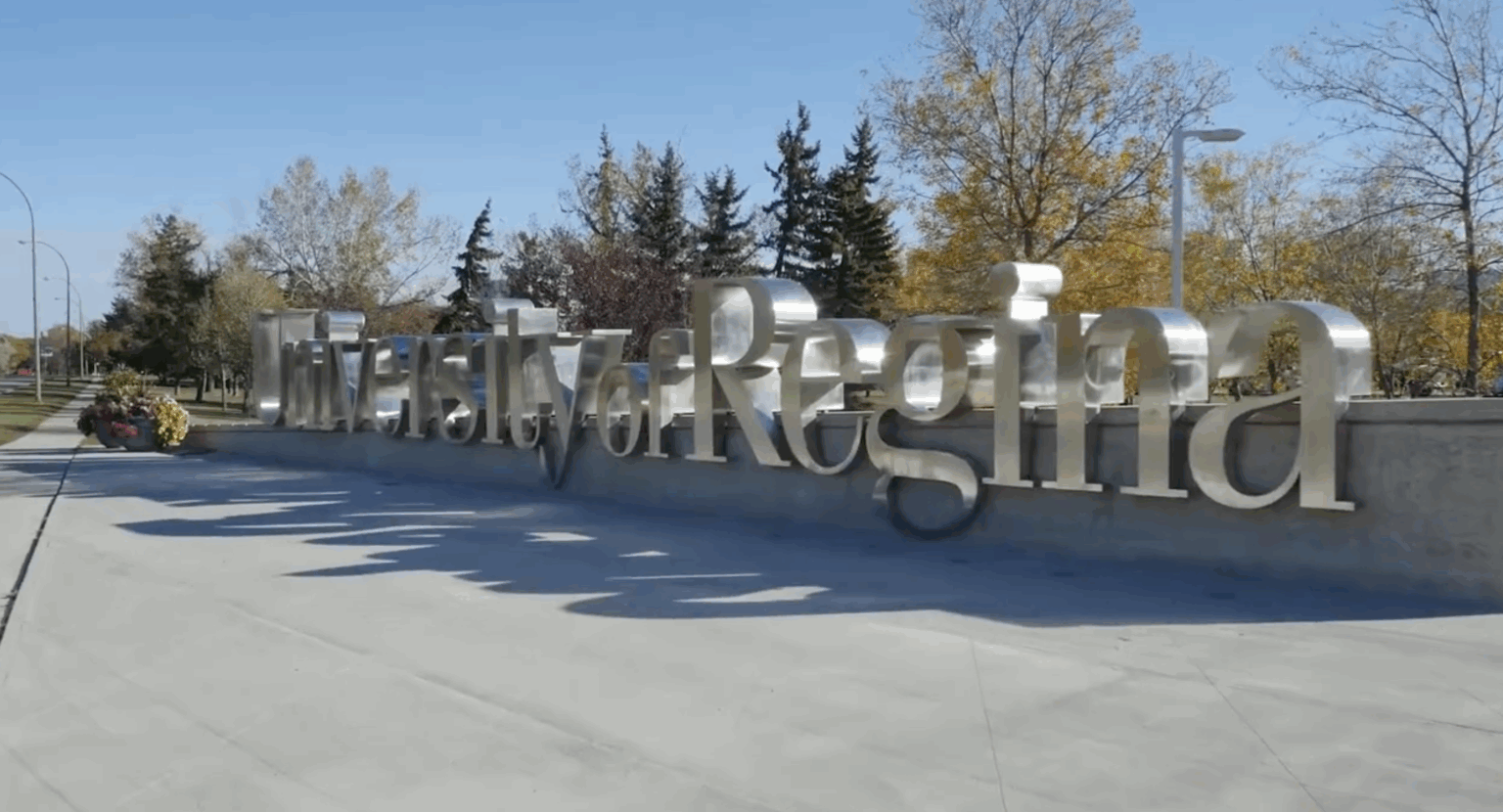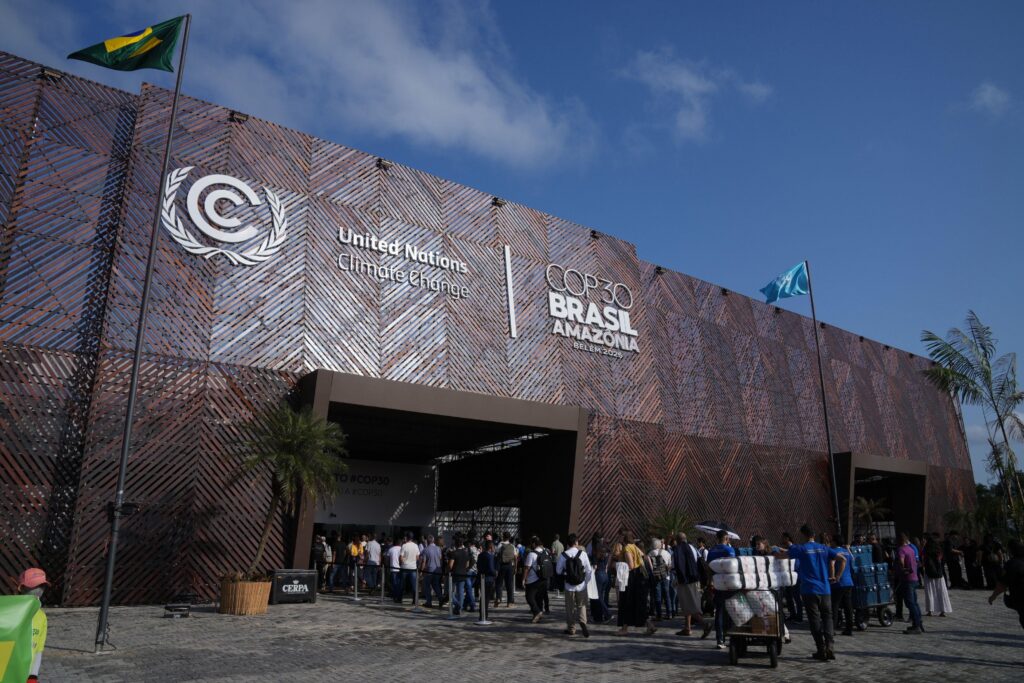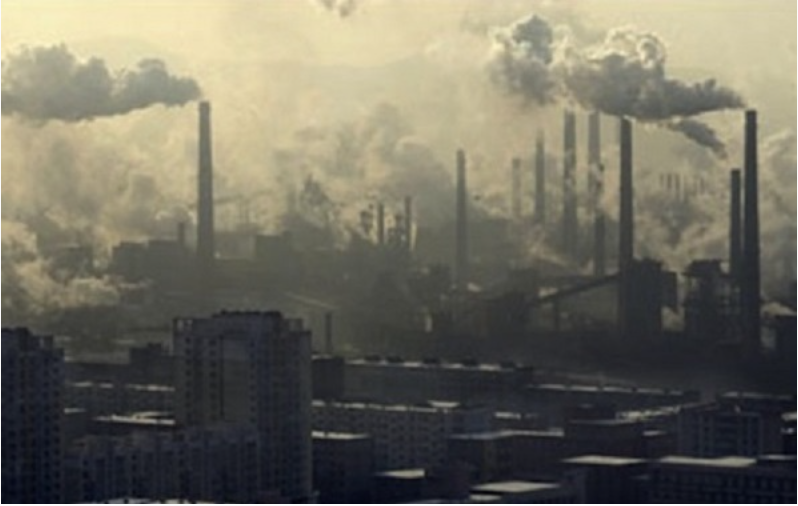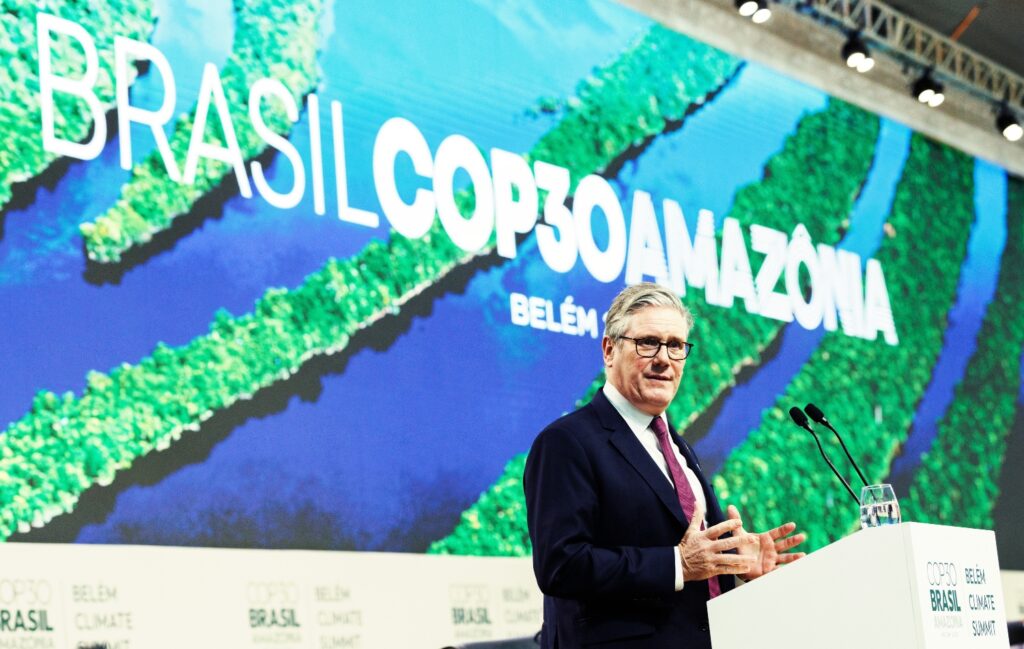Pathways Alliance, a lobby group most recently known for pro-pipeline billboards, also sponsored what they termed a carbon capture summer school in July.
Environmental groups have called out the pro-industry event attended by university students and young professionals from 32 countries. “The fossil fuel industry has no place shaping education opportunities in the middle of the climate crisis,” said Emilia Belliveau, an energy transition program manager with Environmental Defence.
Pathways Alliance is a consortium of six major Canadian tar sands oil producers. Formed in 2022, the alliance has proposed a massive carbon capture and storage (CCS) project for Northern Alberta that would include a 400-kilometre network of carbon dioxide pipelines and a storage facility proposed for the region of Cold Lake, Alberta.
The Alliance has in the past claimed that their CCS project would help them achieve net zero emissions by 2050, though these claims do not reflect downstream emissions from consumption or transportation. DeSmog previously reported that Pathways, as well as its member organizations, scrubbed their websites of nearly all content in June of 2024 in advance of amendments to Canada’s Competition Act designed to counter greenwashing.
Pathways Alliance boasted about sponsoring the 2025 edition of International CCS Summer School in partnership with the International Energy Agency’s Greenhouse Gas (IEAGHG) research and development program in September. The event was hosted by the International CCS Knowledge Centre, located on the campus of the University of Regina in Regina, Saskatchewan. The IEAGHG is a technology collaboration program of the IEA. Its board of directors include representatives from international mining giant BHP Group, provincial electrical utility SaskPower, and the Canadian Heavy Oil Association.
The International CCS Knowledge Centre is an industry-led non-profit organization that often comes up in relation to news announcements concerning either the Pathways project or carbon capture in general. They have also participated in the Carbon Capture Canada expo held annually in Edmonton, Alberta. According to lobby disclosure information, the organization’s mandate is to “secure funding for our organization or assist others in securing funding for specific initiatives related to the advancement and implementation of carbon capture and storage.” The government of the province of Alberta — where the entirety of the Pathways project is to be located — gave the centre $3 million in 2023. It was founded by BHP Group and SaskPower in 2016 to advance large-scale carbon capture, utilization and sequestration projects with an aim to managing emissions and achieving climate goals.
According to the Pathways website, the “summer school” welcomed 50 students from around the world for a week-long curriculum. “CCS is a proven technology used around the world, where capture technologies are fitted to a large emission source, making it possible to capture CO2 emissions so they don’t end up in the atmosphere,” reads a Pathways introduction.
Unproven Tech
Belliveau says the Pathways strategy sounds familiar. “We wouldn’t let Big Tobacco sponsor medical schools for good reason — they used their influence block progress on public health because it threatened their profits,” she said in a statement to DeSmog. “It’s the exact same playbook with Big Oil, which is why exposing these tactics is so critical.”
Carbon capture is anything but proven. Numerous studies by leading international authorities have questioned carbon capture’s efficacy and efficiency as a climate change mitigation technology. Moreover, the Pathways net-zero plan has been criticized for “selective disclosure and omission, misalignment of claim and action, non-credible claims, specious comparisons, and inadequate reporting,” as well as reliance on government subsidies, and for greenwashing fossil fuel expansion.
These concerns have been echoed by a variety of international experts, including the Institute for Energy Economics and Financial Analysis (IEEFA). DeSmog previously reported that IEEFA has concluded Pathways isn’t financially viable and that they haven’t addressed any of the major concerns about its ability to safely and securely sequester carbon dioxide emissions. IEEFA has determined that two other vaunted Canadian CCS projects — Shell Canada’s Quest project and the Alberta Carbon Trunk Line (ACTL) — have both failed to keep up with projected capture rates. A 2020 report issued by Global Witness found that the Quest project, which creates hydrogen from fossil fuel sources and uses carbon capture — had actually emitted more carbon dioxide than it captured.
“The Pathways Alliance has been credibly accused of greenwashing by academics, so this strategy also gives them a direct opportunity to disseminate misleading information about the fossil fuel industry, despite its damage to the climate and environment.” Belliveau said.
Despite this, Canadian politicians routinely advocate for carbon capture technology as though it had a flawless track record and was actively removing carbon dioxide from the atmosphere.
Energy and Natural Resources Minister Tim Hodgson was recently quoted by the CBC as advocating for carbon capture as a means to deliver low-carbon energy. He also suggested the use of artificial intelligence to help make energy systems “smarter, faster and more resilient.”
Artificial Intelligence is generally considered to be an exacerbating factor in climate change, as it requires exceptional amounts of energy. AI advocates are looking to Canada’s large natural gas fields as a potential supplier of low-cost fossil fuel energy for AI data centres. As recently reported by DeSmog, fossil fuel companies are looking to pivot onto the AI bandwagon by positioning themselves as sources of cheap energy. The impact on the climate will undoubtedly be disastrous.
Canadian Prime Minister Mark Carney has also demonstrated his own inability to distinguish between the reality of climate change and industry talking points. In an official statement concerning new infrastructure projects, Carney referred to both liquid natural gas (LNG) and the Pathways project as potential suppliers of “low-carbon energy.” Experts decry statements such a these as pure fantasy, saying there is no such thing as low-carbon fossil fuel energy.
And at the recent Carbon Capture Canada expo held in Edmonton, Alberta Premier Danielle Smith also made several misleading statements concerning carbon capture. Referring to the Quest and ACTL projects, Smith said that they have “safely and permanently stored millions of tons of carbon dioxide,” and that “they’ve shown the world that carbon capture works.”
Faulty Math
Global Witness determined that, between 2015 and 2019, while Shell claimed Quest captured 5 million tonnes of carbon dioxide, it had also emitted 7.5 million tonnes of CO2 in the same period of time. Danielle Smith did not mention this at the carbon capture expo. In 2024 Greenpeace revealed that the Quest project had reported millions of carbon credits for carbon that was never captured. Under an agreement with the government of Alberta dating back to 2015, Shell was awarded two tonnes’ worth carbon capture credits for every tonne it successfully captured. And according to IEEFA, both Quest and the ACTL’s costs have increased without a commensurate increase in the amount of carbon being captured, demonstrating neither project, nor Pathways, are financially viable.
Moreover, even if the Pathways project were completed, the amount of carbon dioxide it could capture is still a fraction of the combined annual carbon dioxide emissions of the six constituent tar sands oil producers. A January report issued by Environmental Defence revealed that Pathways’ 13 tar sands facilities emitted about 40 megatons of CO2 per annum, though their carbon capture project is only expected to capture 10-12 megatonnes each year.
Participants at Pathways’ carbon capture summer school were brought to another underperforming carbon capture facility, SaskPower’s Boundary Dam CCS project. According to a 2024 IEEFA report on the Boundary Dam facility, it’s average capture rate over nine years of operation was just 57 percent, far lower than the advertised 90 percent capture rate.
Smith also said the emissions intensity of Alberta oil had been reduced by 26 percent between 2013 and 2023, though a September 2025 statement from the Alberta-based Pembina Institute indicated instead that the provinces’ emissions have actually increased 150 percent since 2005, driven by the fossil fuel sector.
The considerable discrepancies between what politicians routinely promise carbon capture is capable of, and what independent expert analysis reveals, suggests that there is considerable misinformation about the controversial technology. DeSmog has previously reported that Pathways has become involved in sponsoring high school science fairs as much as the annual carbon capture expo in Edmonton.
“The Pathways Alliance has spent millions misleading Canadians about their harmful climate impacts,” said Dr. Melissa Lem, President of the Canadian Association of Physicians for the Environment (CAPE). “They shouldn’t be anywhere near science education. We need the brightest minds working on how we transition away from fossil fuels, not chasing false solutions that delay meaningful action. Sponsoring these events is how fossil fuel companies try to gain the social license they need to keep polluting.”DeSmog reached out to Pathways Alliance, but they did not reply. DeSmog also reached out Breanne O’Reilly, the International CCS Knowledge Centre’s chief operating officer. O’Reilly provided a statement about the program’s “science-based” programming, but did not answer DeSmog’s questions about downstream emissions.
Subscribe to our newsletter
Stay up to date with DeSmog news and alerts






